The concept of frightening demons lurking in the shadows is a staple in folklore. Stories of menacing dark entities wreaking havoc and influencing people to commit terrible acts have been shared by different societies and cultures the world over since ancient times. The range of spirits and demons that exist may surprise you, with everything from female demons to devil dogs on the list. These tales of the supernatural were spun for many reasons. Sometimes they were narrated to children to frighten them or at other times, they were regarded as true, leading people to venerate these entities and even offer their offspring to them as sacrifices. Irrespective of the specific instance, the underlying message was always clear – never dare to underestimate the mighty power of these demons. Dive in to explore the 25 Most Terrifying Demons In Folklore.

Yuki-onna
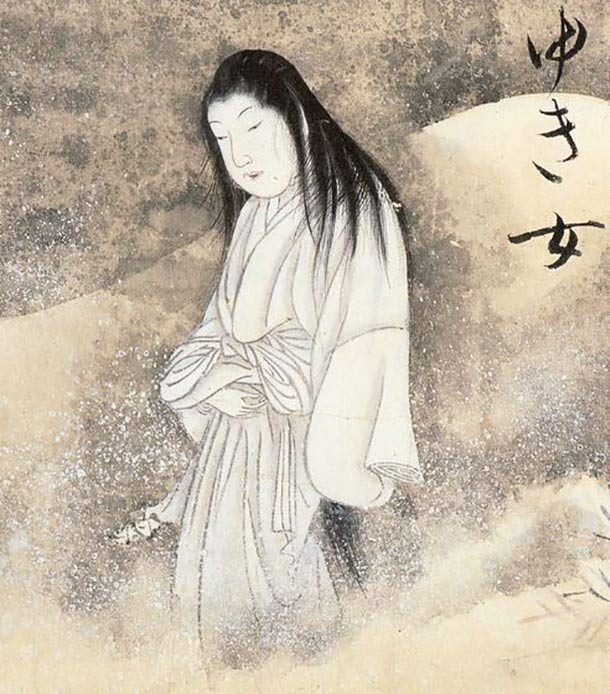 Source: http://www.ancient-origins.net/myths-legends/heart-cold-ice-japanese-legend-yuki-onna-beautiful-yet-dangerous-snow-woman-007186
Source: http://www.ancient-origins.net/myths-legends/heart-cold-ice-japanese-legend-yuki-onna-beautiful-yet-dangerous-snow-woman-007186 Yuki-onna is a type of spirit known in Japan as “yokai.” These spirits are the closest thing to demons in Japanese folklore, and Yuki-onna doesn’t mess around. She’s also called “The Snow Woman” with an icy and pale appearance. She appears in snow storms, elegantly drifting from place to place. While she might seem beautiful, you wouldn’t want to get near her. She feeds on human souls, sucking them out of their mouths until they become hard as ice.
Asag
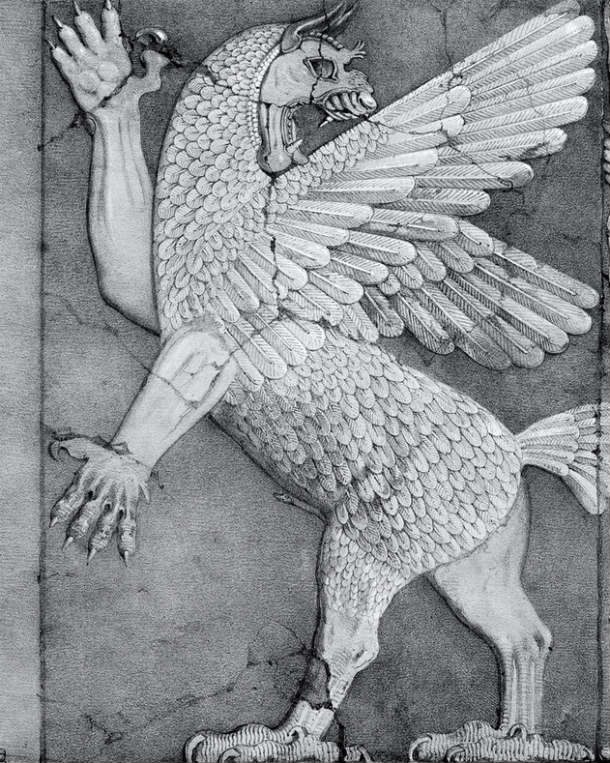 Source: https://www.ranker.com/list/terrifying-religious-demons/jenniferlennon, http://demonology.enacademic.com/48/asag
Source: https://www.ranker.com/list/terrifying-religious-demons/jenniferlennon, http://demonology.enacademic.com/48/asag This demon comes from Sumerian legend. He kills humans with fever and head diseases and is so horrid looking that he has the power to make fish boil alive in their own waters. His companions are his rock children that were born from his union with mortal women.
Flauros
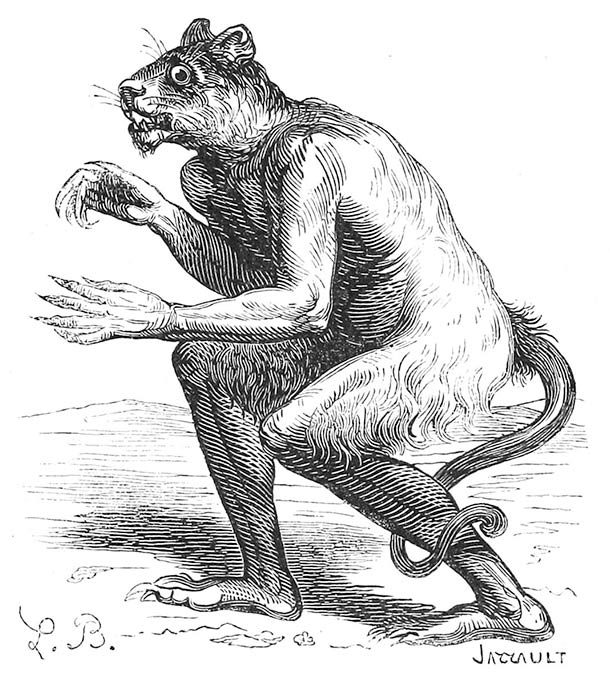 Source: https://www.grimoire.org/demon/flauros/
Source: https://www.grimoire.org/demon/flauros/ Flauros is a terrifying female demon who knows past, present, and future and burns her victims alive. When she appears to her enemies, she floats in the air without wings and can change her blonde hair to a blood red.
Furfur
 Source: https://www.deliriumsrealm.com/furfur/
Source: https://www.deliriumsrealm.com/furfur/ Also known as Furcifer, which means “Scoundrel” in Latin, this demon is said to be the Count of Hell, leading 26 legions. He speaks in a hoarse voice, has a fiery tail, and usually appears as a stag. He is said to be able to make men and women fall in love and also has command over great storms.
The Dullahan
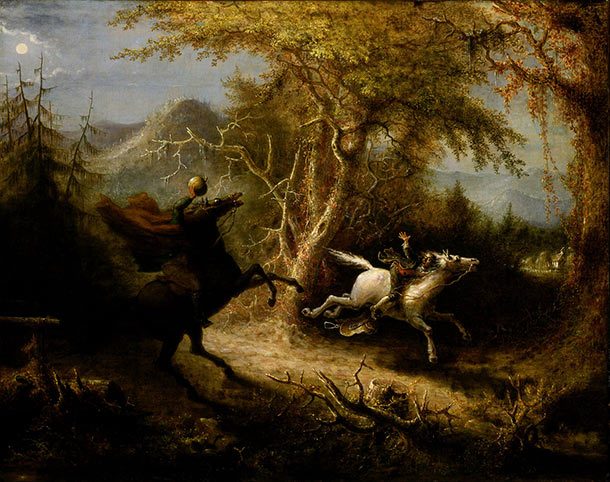 Source: http://www.irishcultureandcustoms.com/ACalend/Dullahan.html
Source: http://www.irishcultureandcustoms.com/ACalend/Dullahan.html In Irish folklore, the Dullahan is a fierce and terrifying demon that rides on horseback after sunset during certain festivals. A headless horseman, the Dullahan rides in black and holds his head up high with his hand to see far distances. If you have the misfortune of watching him ride by and you keep looking, a bucket of blood will be splashed on you, or you’ll be struck in the eye.
Asmodeus
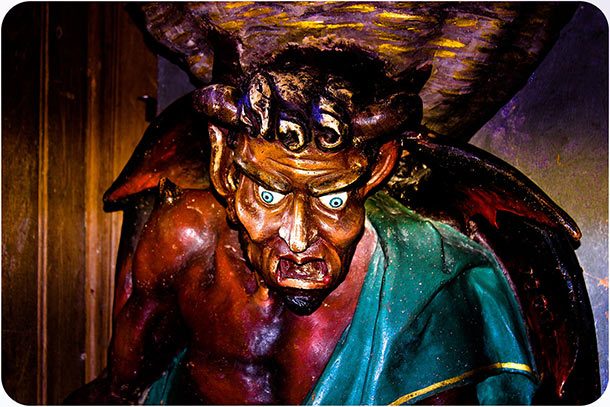 Source: https://www.deliriumsrealm.com/asmodeus/
Source: https://www.deliriumsrealm.com/asmodeus/ In Persian folklore, this demon was considered “The Demon of Wrath” and was also frequently called Aeshma-deva. He appeared in the apocryphal Book of Tobit that appears in some versions of the Bible. The character Sarah was tormented by this demon. Each time she tried to marry, he would kill her husband before they could have intercourse.
Leyak
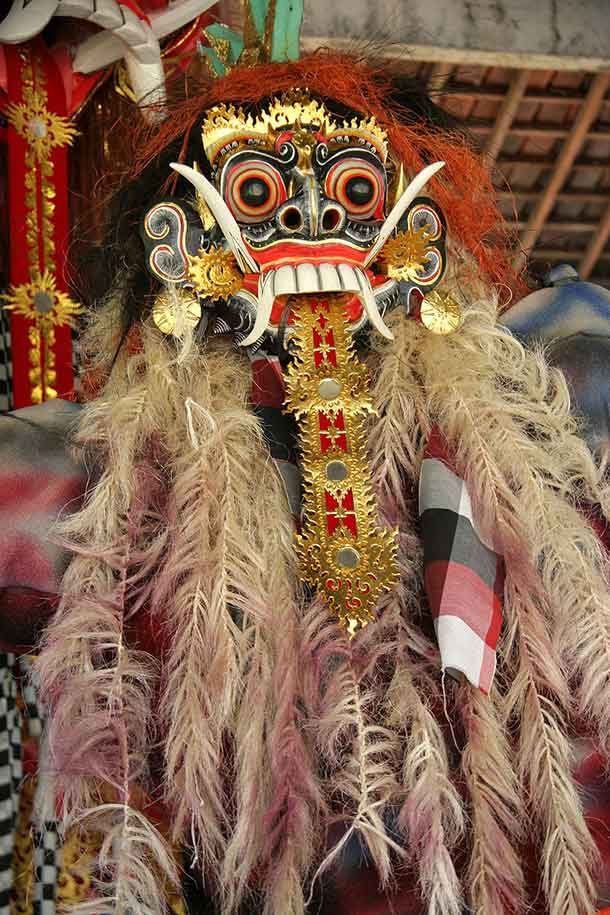 Source: http://www.bythegods.net/post/536539450
Source: http://www.bythegods.net/post/536539450 This horrifying demon is from Balinese myth and can appear as a normal human during the day, but at night, it changes its appearance into a ghastly severed head with menacing fangs and eyes. It hovers around with its entrails still hanging beneath it. Usually, it haunts graveyards, feeds on corpses, and also hunts pregnant women and children to suck their blood.
Abaddon aka Apollyon
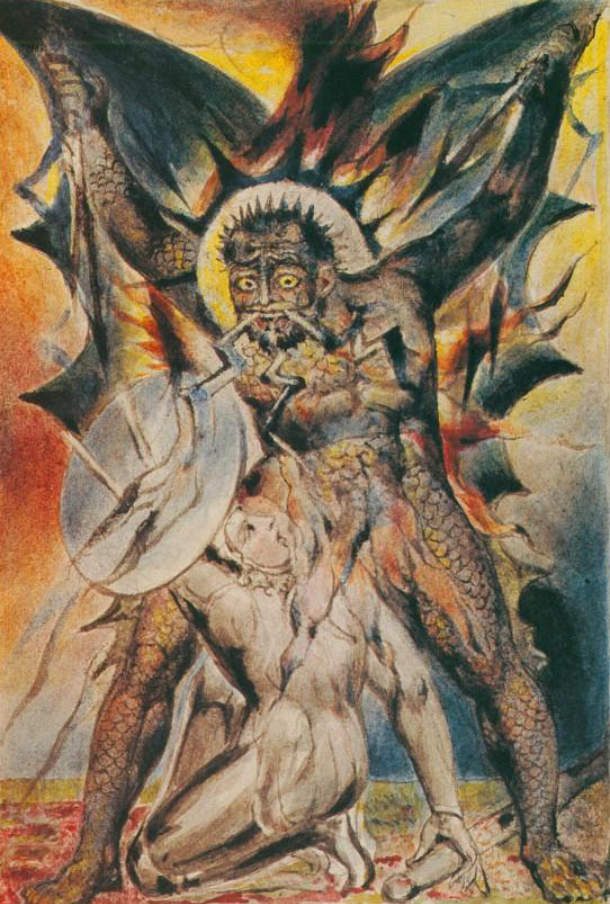 Source: https://www.deliriumsrealm.com/abaddon/, https://www.ranker.com/list/terrifying-religious-demons/jenniferlennon
Source: https://www.deliriumsrealm.com/abaddon/, https://www.ranker.com/list/terrifying-religious-demons/jenniferlennon While the term Abaddon typically describes a place, this name is given as the name of a demon…and not just any demon; he rules over the bottomless pit and can command an army of locusts to torment people.
Mephistopheles
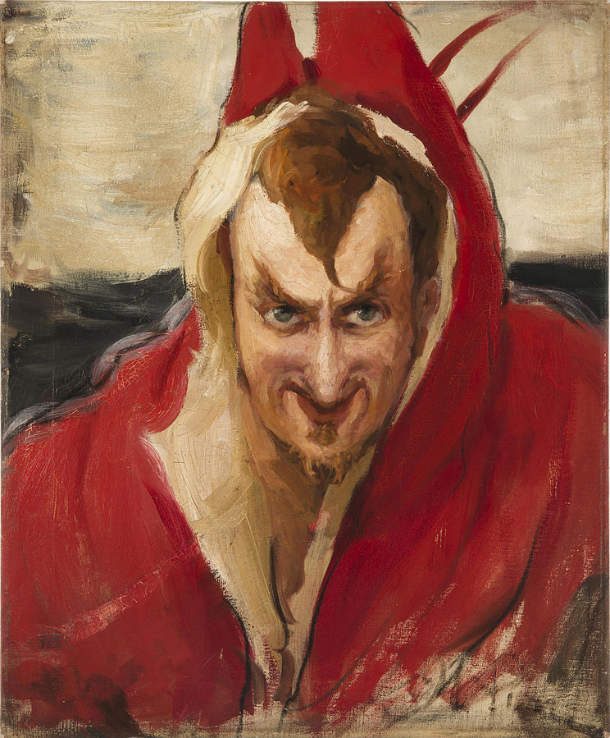 Source: https://www.ranker.com/list/terrifying-religious-demons/jenniferlennon, https://www.britannica.com/topic/Mephistopheles
Source: https://www.ranker.com/list/terrifying-religious-demons/jenniferlennon, https://www.britannica.com/topic/Mephistopheles Within German folklore, you will find the demon Mephistopheles. He’s credited to be Lucifer’s right hand man and apparently sold his soul for infinite knowledge and magic. Now as the Devil’s main man, he harvests damned souls and bargains with those who also wish to sell their souls.
Nian
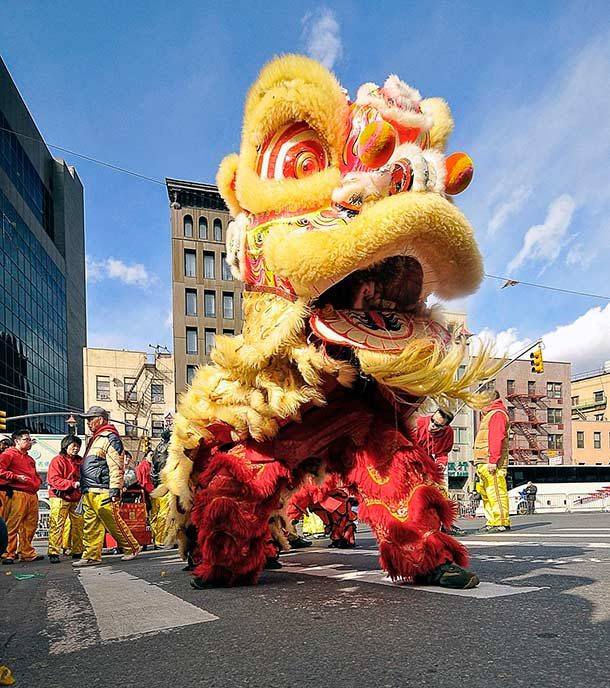 Source: http://www.ancient-origins.net/myths-legends-asia/origin-lunar-new-year-and-legend-nian-001289
Source: http://www.ancient-origins.net/myths-legends-asia/origin-lunar-new-year-and-legend-nian-001289 In Chinese folklore, the beginning of the New Year ushered in the arrival of Nian, a demon with the body of a bull and the head of a lion. Because there was nothing to eat, Nian would visit human villages and eat livestock and people living there. Eventually, however, Nian was defeated by a Taoist monk and became his mount.
Lilith
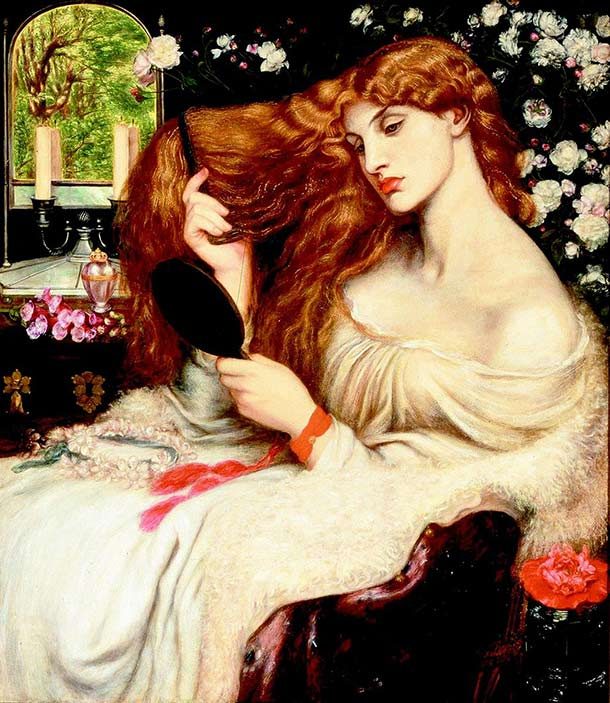 Source: http://www.ancient-origins.net/myths-legends/lilith-ancient-demon-dark-deity-or-sex-goddess-005908
Source: http://www.ancient-origins.net/myths-legends/lilith-ancient-demon-dark-deity-or-sex-goddess-005908 As a demon from the ancient Sumerians, Lilith is truly one of the oldest known demons around. While some think she first appeared in the Epic of Gilgamesh, she also was in Jewish texts around the same time. She’s said to be a dark spirit with a dangerous sexuality that spawned thousands of other demons. In Rabbinic myth, Lilith was the first wife of Adam but the marriage didn’t work so God created Eve, instead.
Krampus
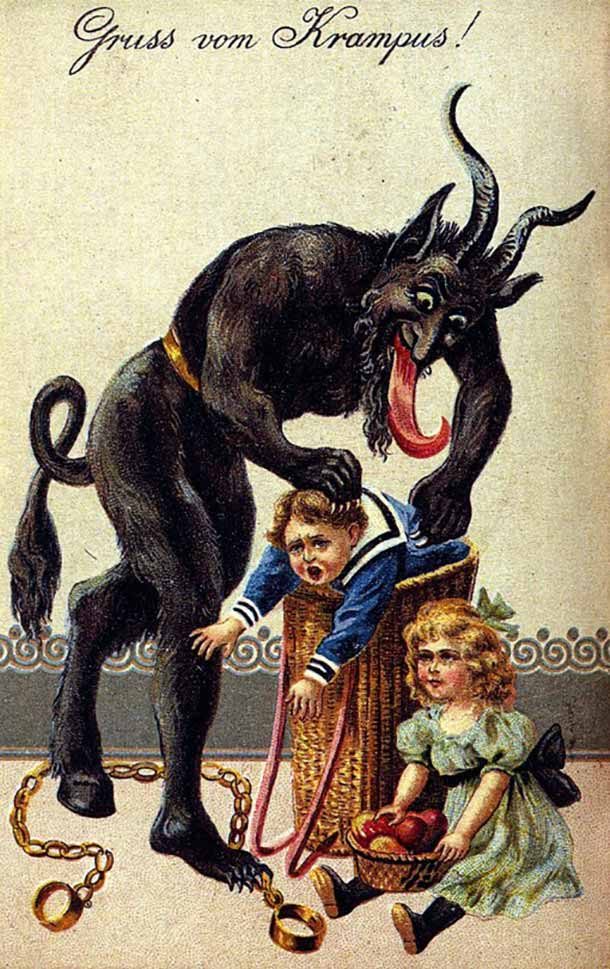 Source: http://mentalfloss.com/article/71999/9-facts-about-krampus-st-nicks-demonic-companion
Source: http://mentalfloss.com/article/71999/9-facts-about-krampus-st-nicks-demonic-companion Popular in Germanic folklore, this demon is essentially the polar opposite of Santa Klaus. With long horns on his head, sharp teeth, and a nasty long tongue, he comes for all the bad children around Christmastime on December 5th. This dreaded day is called krampusnacht. Wearing bells and chains, he sometimes captures kids and takes them away from their parents forever.
Want to learn more about Krampus? Check out 25 Creepy Cool Facts About Krampus, right now!
Kelpie
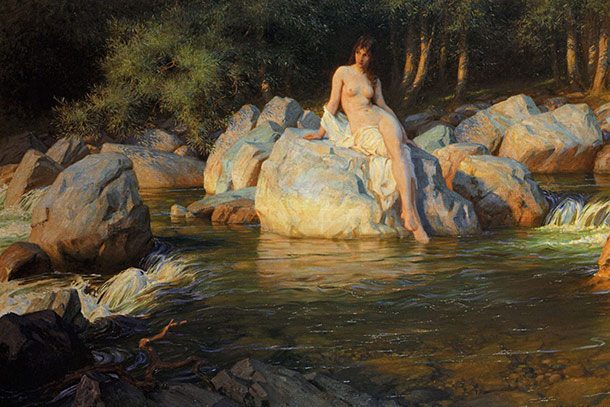 Source: http://www.ancient-origins.net/myths-legends/riding-seas-kelpies-and-other-fascinating-water-horses-myth-and-legend-006170
Source: http://www.ancient-origins.net/myths-legends/riding-seas-kelpies-and-other-fascinating-water-horses-myth-and-legend-006170 Coming from Scottish legend, the Kelpie are demons that appear as humans but can also take the form of a horse. Every lake in Scotland has a kelpie spirit, even Loch Ness. While some kelpie can be beautiful and majestic creatures, others are known to prey on humans.
Ronwe
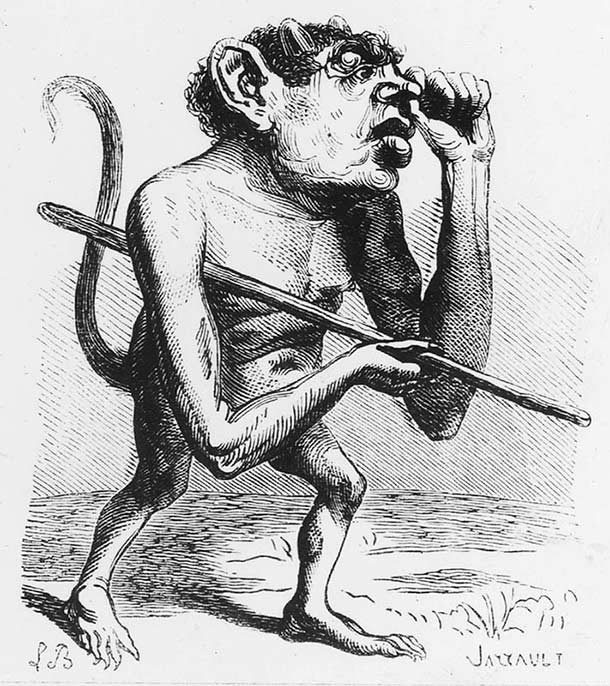 Source: http://mythology.wikia.com/wiki/Ronove
Source: http://mythology.wikia.com/wiki/Ronove Ronwe, also called Ronove, is considered the Great Earl of Hell and commands twenty legions of demons. He takes old people, old animals, and the decrepit near death.
Buer
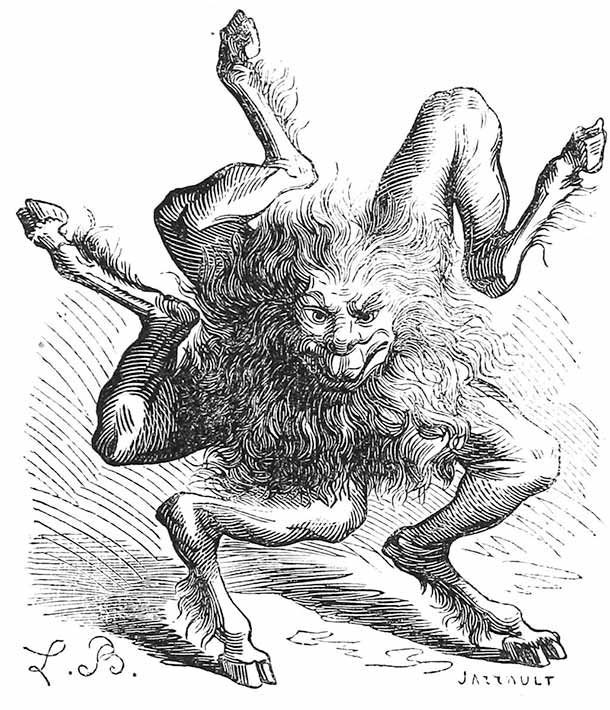 Source: https://www.stufftoblowyourmind.com/blogs/monster-of-the-week-the-demon-buer.htm
Source: https://www.stufftoblowyourmind.com/blogs/monster-of-the-week-the-demon-buer.htm With a lion’s head and five goat legs around it like spokes on a wheel, Buer is the great president of hell and rules 50 legions. He was first mentioned in Johann Weyer’s “Pseudomonarchia Daemonum” and is a mentor in moral philosophy and herbalism.
Kiyohime
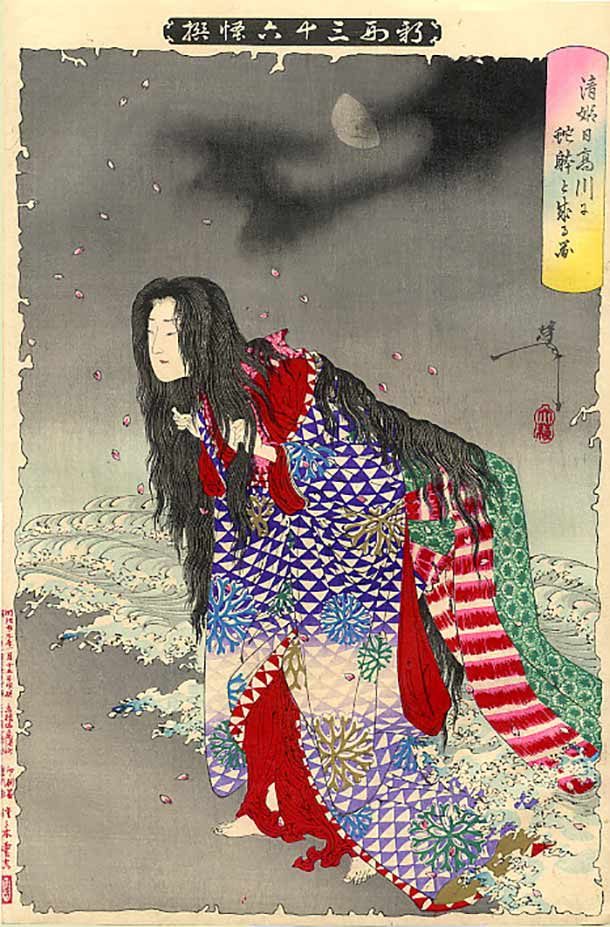 Source: http://yokai.com/kiyohime/
Source: http://yokai.com/kiyohime/ In Japanese folklore, this demon is one of the most famous examples of a honnari hannya – a demon woman who attained a high level of power. In the tales about her, she transforms into a giant, fire-breathing serpent.
Cerberus
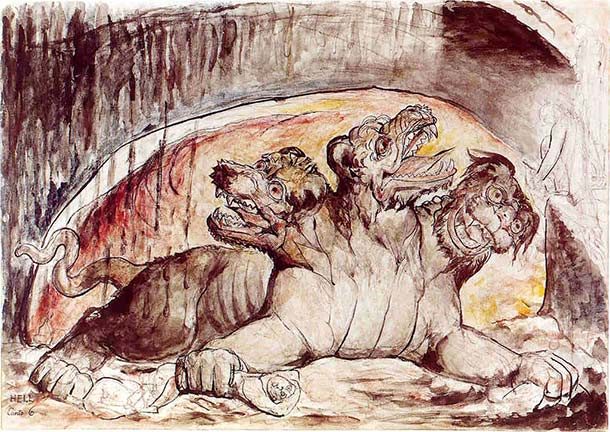 Source: https://www.deliriumsrealm.com/cerberus/
Source: https://www.deliriumsrealm.com/cerberus/ Originally coming from Greek mythology, eventually Cerberus became known as a demon in Third Circle of Hell that tormented the souls of gluttons. A large three-headed dog, it has massive talons that can tear its victims to shreds.
Belphegor
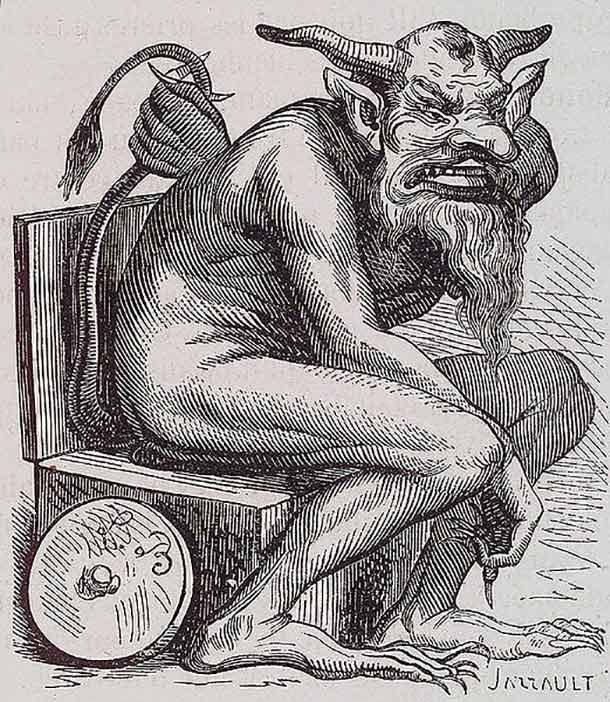 Source: https://mythology.net/demons/belphegor/
Source: https://mythology.net/demons/belphegor/ A lieutenant from Hell, this demon is said to have been sent by Satan to deceive and seduce humanity. He’ll frequently take the form of a beautiful woman to lure his victims, but will also appear as an ugly monster with huge, sharp teeth, long horns, and leathery flesh.
Euronymus
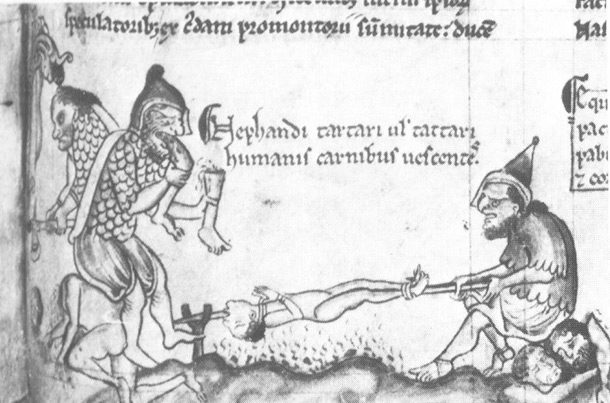 Source: https://books.google.com/books?id=njDRfG6YVb8C&pg=PA134&lpg=PA134&dq=Euronymous+demon&source=bl&ots=MlOqh_fk8Q&sig=ZuB0BlQs3y-XnExMAZPnlWTrDcc&hl=en&sa=X&ved=0ahUKEwjdpvKSvoXbAhUn5IMKHZNVAsU4ChDoAQgzMAE#v=onepage&q=Euronymous%20demon&f=false
Source: https://books.google.com/books?id=njDRfG6YVb8C&pg=PA134&lpg=PA134&dq=Euronymous+demon&source=bl&ots=MlOqh_fk8Q&sig=ZuB0BlQs3y-XnExMAZPnlWTrDcc&hl=en&sa=X&ved=0ahUKEwjdpvKSvoXbAhUn5IMKHZNVAsU4ChDoAQgzMAE#v=onepage&q=Euronymous%20demon&f=false Euronymus originally came from Greek mythology but was demonized under Christianity. He’s said to devour blue-black skinned corpses. As such, he has been named the demon of cannibalism and the prince of death.
Malphas
 Source: https://www.deliriumsrealm.com/malphas/
Source: https://www.deliriumsrealm.com/malphas/ This demon is a grand-president of hell, governing 40 legions. He appears as a large raven or in human form and will receive sacrifices but ultimately will also deceive the sacrificers.
Behemoth
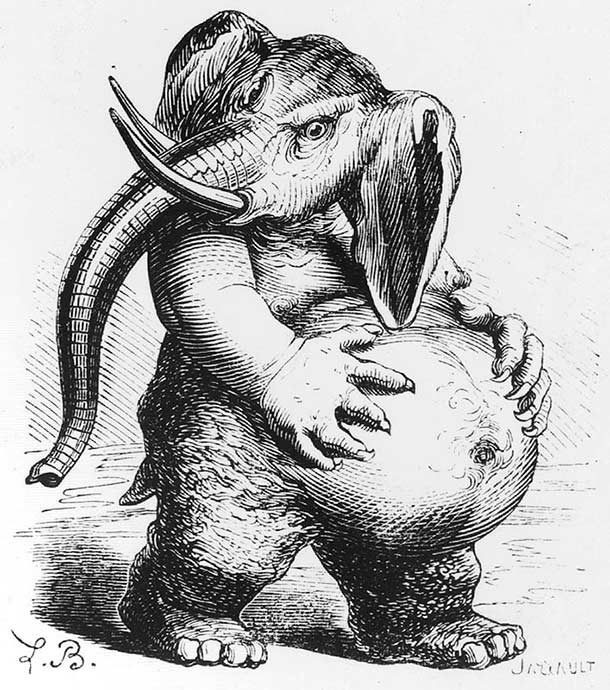 Source: https://www.deliriumsrealm.com/behemoth/
Source: https://www.deliriumsrealm.com/behemoth/ Thought to originate from Egyptian folklore, this demon is a spirit of the desert and might be inspired from a water buffalo. He rules over gluttony and is the butler and high cupbearer of hell. Usually, he’ll appear as a fat elephant or whale.
Adramelech
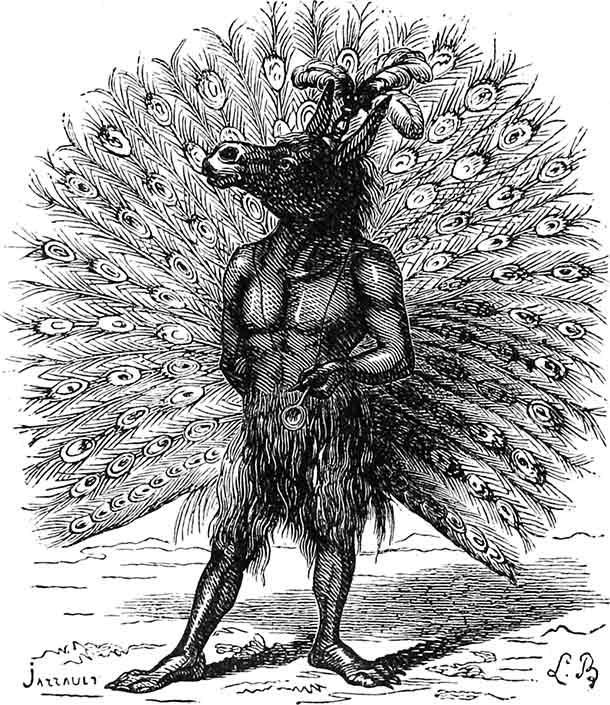 Source: https://www.deliriumsrealm.com/adramelech/
Source: https://www.deliriumsrealm.com/adramelech/ Appearing in Hebrew and Babylonian texts, Adramelech is an idol god of the sun. His name literally means, “King of Fire.” He appears with the head of a mule, the body of a man, and large peacock feathers. His worshippers would often sacrifice their own children to him.
Beelzebub
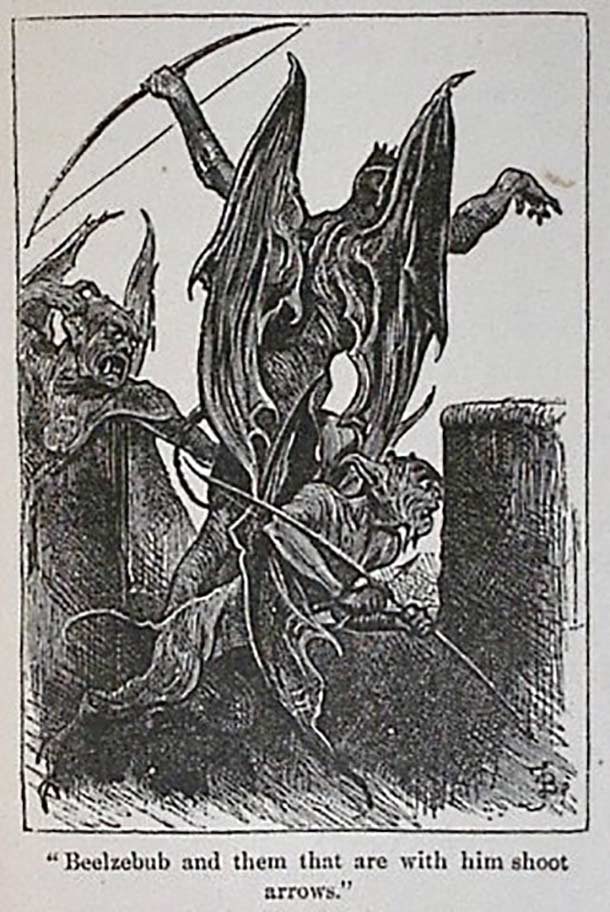 Source: https://www.deliriumsrealm.com/beelzebub/
Source: https://www.deliriumsrealm.com/beelzebub/ Coming from the Canaanite demon “Baal,” Beelzebub is mentioned in the Synoptic Gospels as the prince of demons. He’s also been called The Lord of Flies because, in many appearances, he was said to look like a fly. Many demonologists call him the Supreme Chief of Hell, and others have stated that he is just behind Satan in power and crime.
Leonard
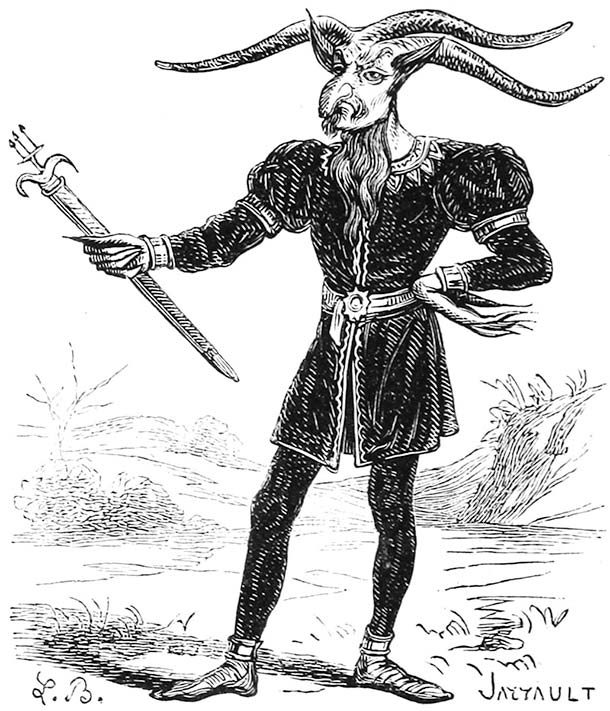 Source: https://www.deliriumsrealm.com/leonard/
Source: https://www.deliriumsrealm.com/leonard/ Some believe this demon was mentioned in Leviticus 16:8 about Azazel and is called the “Grand Master of the nocturnal orgies of the demons.” With three horns, a black goat face, and wings, this demon is called “The Black Man” and is a demon of the first order and can take on many forms, including an evil tree, a bloodhound, and a black bird.
Lucifer
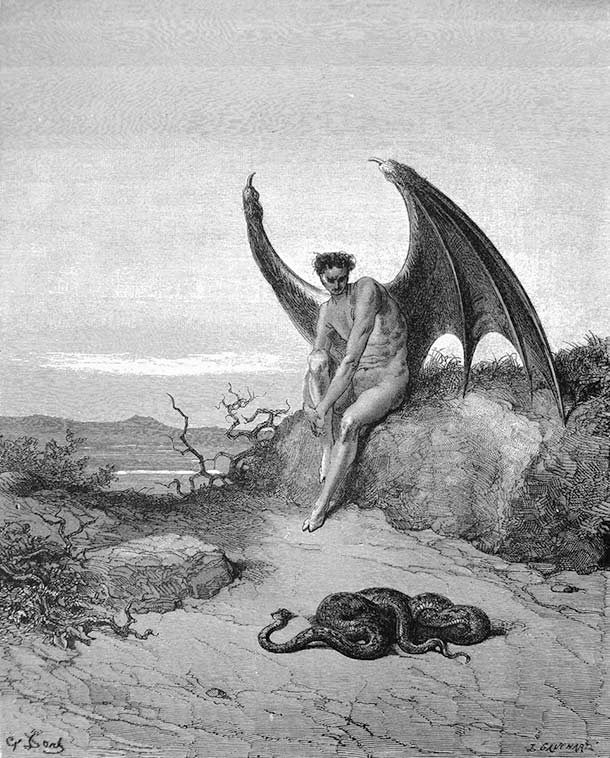 Source: https://www.deliriumsrealm.com/lucifer/
Source: https://www.deliriumsrealm.com/lucifer/ Meaning “light-bearer,” this demon is the most well known and the most terrifying. In Biblical tradition, Lucifer was one of the Seraphim that rebelled against God and was cast out of heaven. His name, of course, carries a weight of irony since he shuns the light. In some cultures, Lucifer is not equal or one in the same to Satan. Instead, he rules over Satan. Ancient Egypt and Babylonia had similar demons called Sata and Zu, both of whom were cast out and fell to Earth.



























